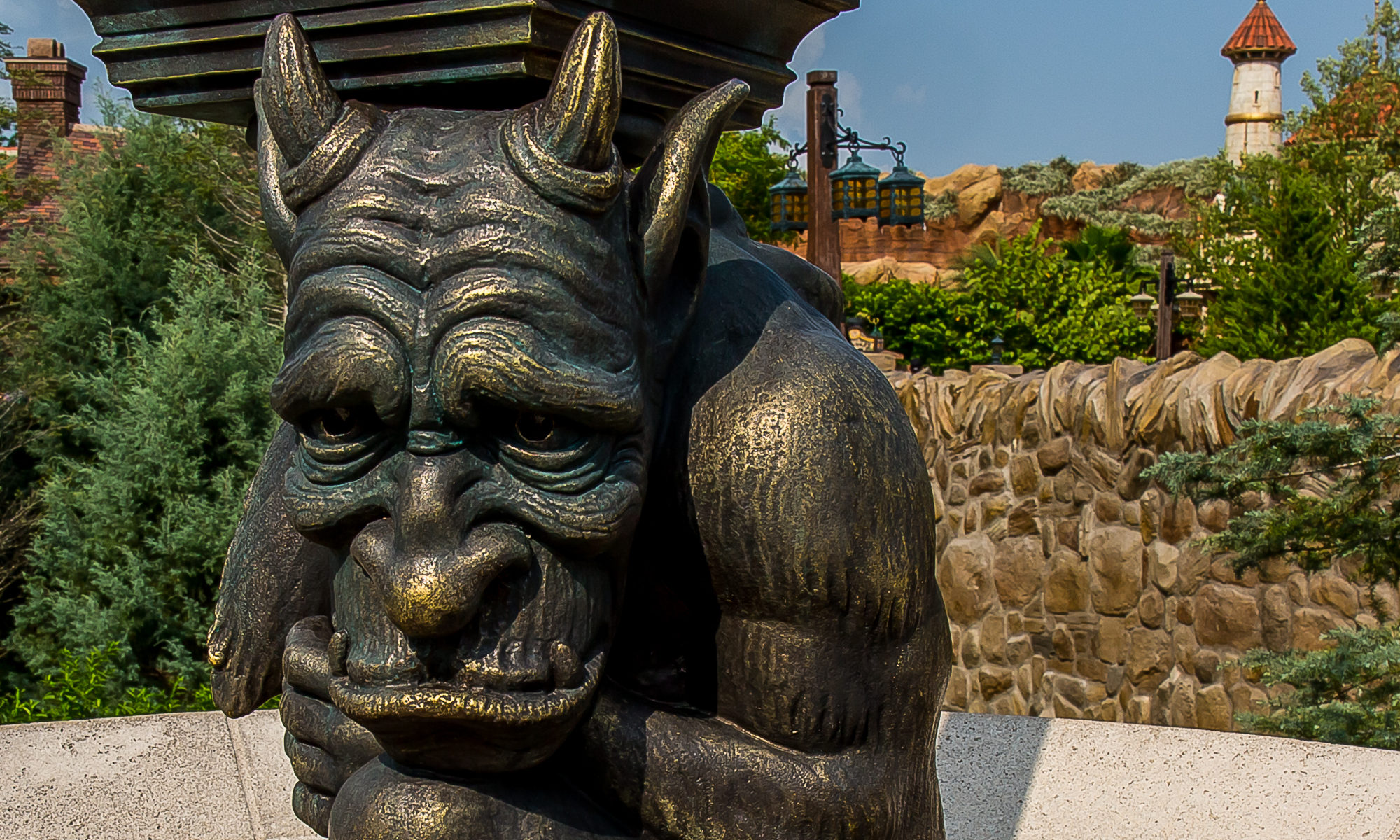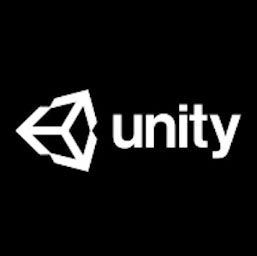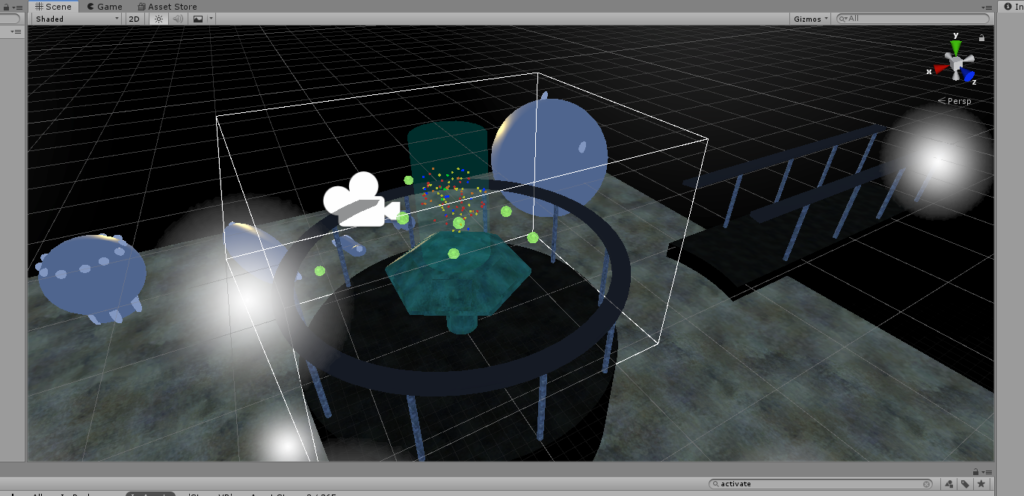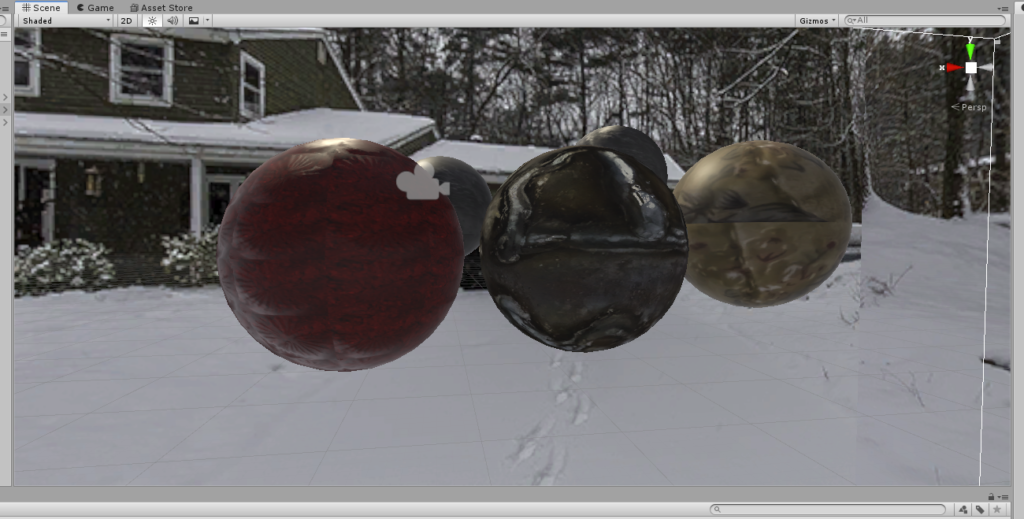Inspired by SPI Stellar Conquest but with a somewhat different spin as this is computer mediated.
I’m looking to keep the game rules relatively simple so only a limited number of tech options, a few ship types, a couple of planets per star (tops). If all of this comes together well, I might add a few embellishments to the thing later on.
- Multiplayer (up to four initially, likely two in early development, more possible later)
- Semi three dimensional star placement.
- Three kinds of warships along with scouts and colony transports.
- PC screen, daydream vr and vive vr support initially. Might look at direct web interface as well (three.js perhaps) at some point.
- Industrial production system.
- Build ships.
- Develop technology.
- Grow populations.
- Goal is to dominate the star cluster.
The Rationale
The ancients built massive stargates capable of flinging ships far across the universe to places far beyond the reach of conventional warp drives. The cataclysm that ended their presence in the galaxy may have destroyed their planets but their gates remain, orbiting stars amid the rubble of their shattered worlds.
No one understands why but these gates open at times for a short span providing access to distant parts of the universe. Many of the younger races station small colonization fleets near known gates in order to colonize the far flung places that a gate opening gives access to.
When the gates open, several gates generally connect to the same target area. Only a few ships can make it through before the gate closes so each race engages in a scramble to dominate the new star cluster before the others can gain a foothold. The gates only allow limited technology through (whether this is an inherent limitation or a security feature, no one knows) so the initial task force consists of a few simpler vessels.
Nothing prevents the construction of more capable ships and equipment once established colonies can produce the necessary infrastructure. This adds another facet to the struggle as each species works to enable use of the technologies they brought with them, in this new place.
In the end, the victor will eventually build the tools to force the gate open to their home galaxy and re-establish contact and trade. By the time this task is complete the control of the cluster will have been long ago resolved and a thriving web of colonies established.




